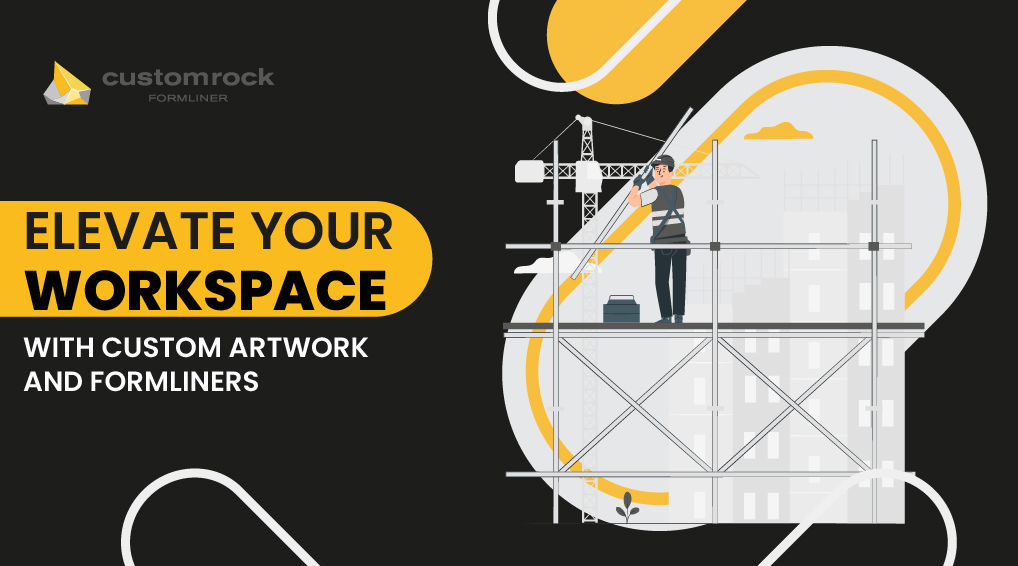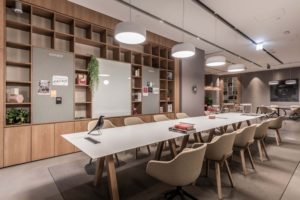TL; DR
Type I construction is ideal for tall structures as it uses durable materials like concrete and steel. Type II, non-combustible constructions offer a rock-solid defense against fire and are suitable for buildings like schools and offices.
Type III, ordinary constructions, bring charm and looks which is good for mid-sized structures such as commercial buildings and schools. In contrast, Type IV, heavy timber constructions, take us back in time with a touch of tradition.
Explore the budget-friendly Type V wood-framed constructions which are ideal for everyday buildings like homes and small businesses. While each type has its unique applications, considerations, and aesthetic appearance, collectively, they contribute immensely to our built environment.
5 Building Construction Types in Architecture

In architecture, every building tells a story; each characterized by its unique structure. In our everyday lives, construction quietly shapes the world around us. It’s not just about our homes and offices but also about the roads and bridges that link our lives.
Construction is an important aspect of our lives that boosts economic growth, creates jobs, and makes our lives better. Imagine a world without schools, hospitals, or airports – all thanks to construction, we don’t have to.
In this blog journey, we will uncover the diverse varieties of construction. By understanding different construction types, we can appreciate the effort and expertise of architects who bring our built environment to life.
The Five Types of Building Constructions
In the world of construction, we often categorize projects by materials or structure types. But there’s another key aspect to consider, which is the level of fire resistance a building requires.
Let’s take a glance at the five building construction types, through a unique lens. We will explore these types for their design, function, and resilience.
1. Fire-resistive Type I

Type I Fire-Resistive Construction is especially for tall buildings that are over 75 feet. These buildings, like apartments, offices, and hotels, are made to stay strong even if there’s a fire.
Everything inside of these buildings is built using durable materials like concrete and steel which act as shields against fire. These materials work together to ensure that a building does not collapse in a fire.
Applications
It is a go-to choice for tall buildings such as the fancy apartments in tall towers or the big office buildings you see downtown. It’s a special construction type just for them as it keeps everyone safe and offers extra fire protection.
Some common examples include:
- Corporate buildings
- Shopping malls
- Skyscrapers
Considerations
Using strong materials like concrete and steel can cost more money. So, while they’re super safe, it’s also important that you find the right balance between safety and cost.
2. Non-combustible Type II

Type II Non-Combustible Construction is a rock-solid defender against fire. It’s a perfect option for building structures where it is crucial to keep fire at bay. In these buildings, the important parts such as the walls and floors are made using materials that will not catch fire easily.
Applications
This construction type is versatile and is suitable for different kinds of buildings. It’s not just for tall structures but works well for a range of places like schools, offices, and smaller apartment buildings. If safety from fire is a top priority, Type II is a good choice.
Considerations
The good thing about Type II buildings is that they provide a strong defense against fire. While they might not be as fire-resistant as some other types, they provide a good balance.
However, it is essential to keep in mind that using these strong materials can increase the overall cost of construction.
3. Ordinary Type III

Type III Ordinary Construction brings a touch of charm to the construction game. It’s about using materials that give a warm, traditional feel to the structure. These materials might not be as tough against fire as some others, but they bring a cozy and classic vibe to the infrastructure.
Applications
This construction type is the go-to for buildings that aren’t too tall but mid-sized. The Type III fits right in and adds a touch of character to the landscape. Some common examples include:
- Warehouses
- Commercial buildings
- Schools
Considerations
The Type III buildings are perfect to add a sense of balance to the building. While they might not be as fireproof as other materials, they certainly know how to add charm to a structure. If you want to go for a building that looks good, this material is a perfect choice for you.
4. Heavy Timber Type IV

Choosing Type IV Heavy Timber Construction is like taking a step back into a more traditional era. This type of construction relies on large blocks of wood that are connected by metal plates and bolts.
Applications
With this construction type, you can create a building with warm and timeless aesthetics. The heavy timber not only provides strength but also adds character and a touch of tradition to the structure.
Some common examples of Heavy Timber Type IV include:
- Old churches
- Factories
- Barns
Considerations
Now, you might wonder about fire since we’re talking about wood. Here’s the interesting part; these large wooden structures are great at resisting fire. They do well against fire due to their thick structures which means it takes longer to burn.
However, it is important to keep in mind that timber structures are more prone to pest infestations, mold, and fungi attacks. This might increase the overall maintenance cost of the building.
5. Wood-Framed Type V

Type V Wood-framed construction is perfect for everyday buildings such as homes and small businesses. It’s the go-to choice for those cozy houses and aesthetic shops you see around the neighborhood.
Applications
One of the reasons Type V is so popular is because it’s budget-friendly. This construction type can create cozy and comfortable spaces without breaking the bank. Some common applications include:
- Restaurants
- Small hotels
- Bars
- Shopping centers
Considerations
Wood might not have the same fire-resistance characteristics as some other materials. This type of construction is the most combustible on the list as exposed wood offers no fire resistance. In case of fire, the building can collapse within a few minutes.
Final Thoughts
In this guide, we explored the different types, from the fire-resistive giants (Type I) to the wood-framed homes (Type V). Each type has its pros and cons, told through materials, heights, and safety measures.



